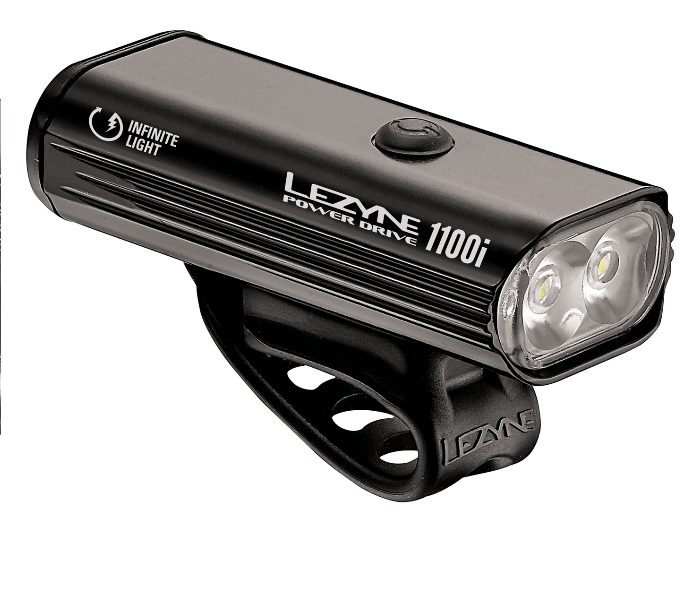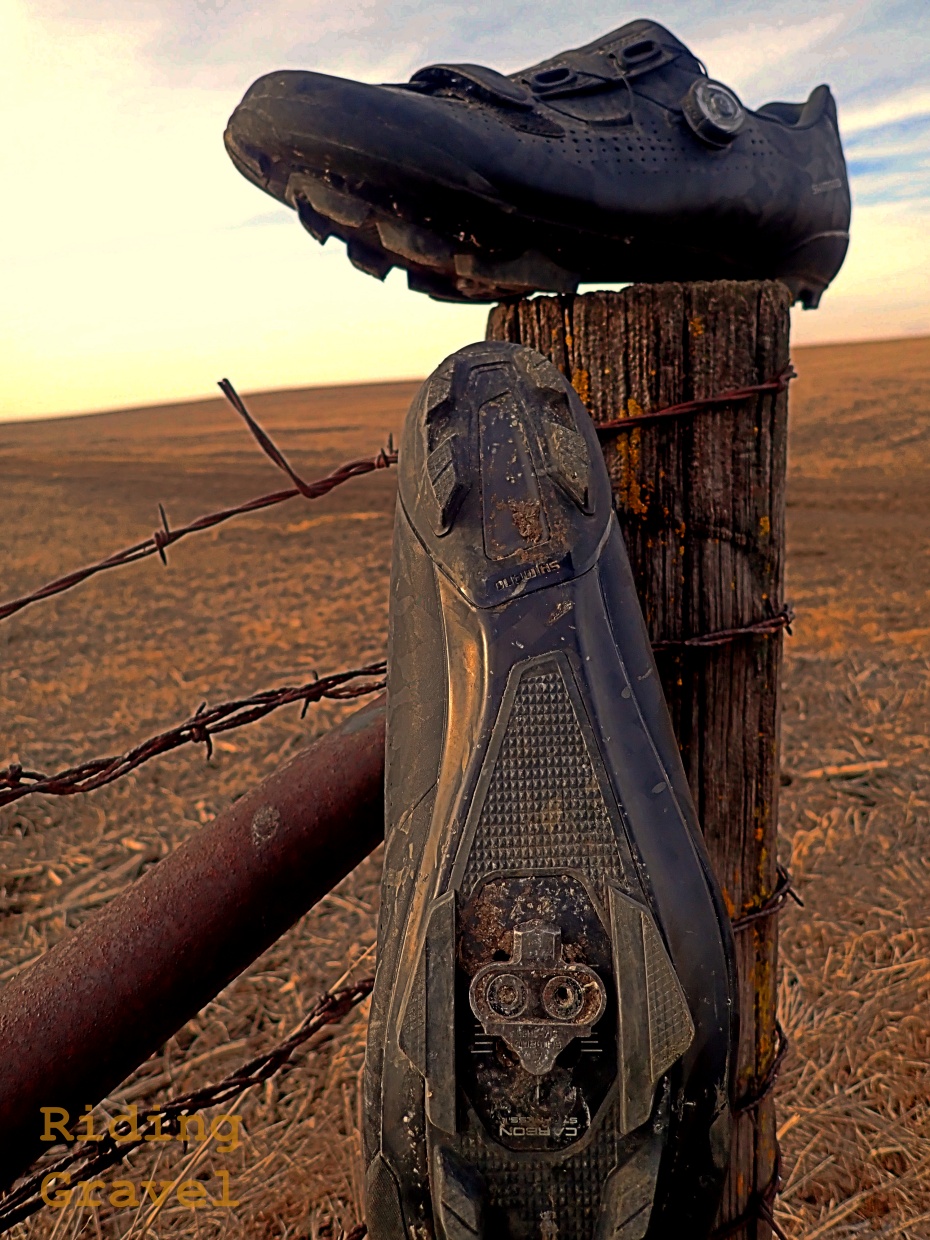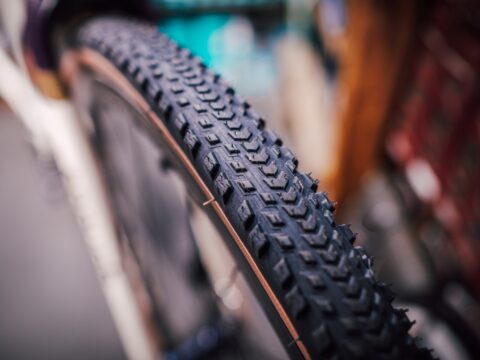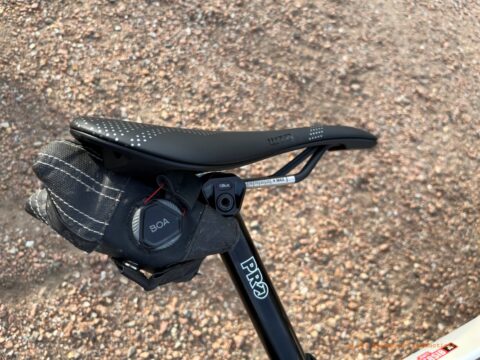Pirelli Cinturato Gravel H Tires: Getting Rolling by Guitar Ted
The brand Pirelli may be familiar to some of you who are fans of motorsport. That brand has been synonymous with high performance racing tires for cars and motorcycles for years. In fact, the depth of information about the brand is mind-boggling. We’ll just stick to the bicycle tires here, and the Pirelli Cinturato H Gravel Tire in specific.

Pirelli re-entered the cycling tire market a few years or so ago and originally only offered city and road racing type tires. Now with the addition of two gravel tires under the Cinturato name, the “H” and the “M”, they have a full range of widths and applications covered for the gravel road going cyclist. The Pirelli Cinturato Gravel H is meant for hard packed to poorly paved surfaces and the “M” is for situations where tread could penetrate the riding surface. So things like dirt and softer grounds would be that tire’s specialty.
What It Is: The Pirelli Cinturato Gravel H comes in a range of sizes and diameters. We have the 700c X 45mm but you can also get 700c diameter tires in the 35mm and 40mm widths. The Cinturato Gravel H also comes in 650B diameters in 45mm and 50mm widths. It is a tubeless compatible tire, of course, and also can be used with tubes. Here is what Pirelli says about the Cinturato Gravel H on the webpage for this model:
“The tread of the Cinturato™ Gravel Hard Terrain is made up of low, densely packed knobs and is made with a rubber compound that guarantees grip, high adaptability to the terrain and, at the same time, resistance to wear. The height of the knobs is reduced to increase smoothness and limit deformation when cornering on terrain that does not allow penetration, guaranteeing excellent handling and a great sense of safety in both wet and dry conditions.“

The compound for the Cinturato Gravel H is their “SpeedGRIP Compound” which is formulated for all-weather conditions, wet and dry. This compound also has a claimed lowered rolling resistance. Underneath the tread we have a Nylon puncture protection belt which runs bead-to-bead. The Aramid bead is optimized for wider inner rim widths. The Pirelli Cinturato Gravel H is also claimed to have a 127TPI casing, but this is achieved using multiple plies. However; this should give the Cinturato Gravel H good ride feel and good rolling resistance traits according to Pirelli.
First Impressions: The Pirelli brand in the cycling realm is pretty unknown, at least here in the U.S. So, I had no previous hints as to what to expect here. Only Pirelli’s long history in motorsports was known to me, but that doesn’t mean ‘great bicycle tires‘. When I popped open the shipping box I saw some pretty nicely packaged and nice looking tires. That lowered tread height promises a fast roll on hard surfaces. These were supposedly 45mm tires but at first glance I did not think they were quite that. But the looks of a tire off a rim can be deceiving.
We have the black wall version of the Cinturato Gravel H, which Pirelli dubs the “Red” version for a red “H” logo, (?) and there is a brownish walled version available as well which Pirelli calls “Classic”. Our tires weighed in at 583gm/581gm. That compares to a WTB Riddler 700 X 45mm tire which WTB claims weighs 560 grams and which weighed about 30 grams less than that in our review of those tires. Of course, those Riddlers did not have a puncture protection belt either. So, keep that in mind.

I thought that the Cinturato Gravel H tires felt less stiff than many full-belt puncture protected tires and in the mounting of these, I felt like they were definitely more supple than, say the Panaracer Gravel King SK+ tires I recently mounted. The Cinturato also was super easy to air up. I used the HED wheels we recently reviewed here which have a 25mm inner rim width. I actually got the beads to lock into place on the HED wheels without taking the valve cores out and by using a Topeak Joe Blow floor pump. Pretty impressive! Using our new Stan’s NoTubes sealant which was provided to Riding Gravel by Stan’s at no charge, I experienced no sidewall weeping or any issues with air loss at all. Then, after a day in which I had test rode the tires, I finally noted that I had the front tire on in the reverse direction. Doh! Time to make that right. But even after 24 hours the Pirelli tire mounted up the same way as it did at first. Now I was really impressed. A lesser quality tire would have stretched making a remount a bit more difficult.
The tires plumped up to be about a touch over 47mm after 24 hours at 40psi. So, there was maybe a bit of stretch, but we have to give a little credit here to the wider rim on the HED wheels. My initial impressions are that the low, blockish tread pattern yields a very fast roll and these tires seem to have a bit better ride quality than I might expect from a full puncture protection belted tire.
So Far... Okay, so I didn’t know what to expect here, but what I found has been pretty impressive so far. The Pirelli tires roll well, and set up great. The width is within reason, but I will continue to monitor these for any signs of stretching. The Cinturato Gravel H is perhaps a bit on the portly side, especially when compared to other tires we have tested in this size range, but it does have a nice ride feel.
The Cinturato Gravel H did mount up really well and is holding air quite nicely. Perhaps that bit extra bit of weight is helping keep the air in? We will see. Otherwise it is time to roll these on some crushed rock to get a read on performance characteristics. Stay tuned for the “Checkpoint” post in a month or so.
Note: Riding Gravel purchased these Pirelli Cinturato Gravel H tires for test and review. We are not being paid, nor bribed for this review and we always strive to give our honest thoughts and opinions throughout.











Guitar Ted, I am considering rolling the Cinturato Gravel H at UnDK 200 this year. Four times at this race and I have flatted every year . My choice is between the Donnely xPlor (only 1 flat previously) and Cinturato Gravel H @ 700×40. Opine?
Tnx man
@David Chomowicz – Nice play on the event name, by the way. Okay, so Donnelly XPLOR (MSO?) or the Cinturato Gravel H: Well, so far….. (realizing I just started using the Cinturato H), I feel the Pirelli tire has a lot of similarities to another tire I used in the Flint Hills to great success, the Terrene Tires Honali.
Both the Honali and the Cinturato seem to have a ‘do more than you think’ tread, a tough hide, and a fast rolling nature. The MSO, (I assume that is the XPLOR model you refer to) is a great tire in its own right. In my estimation, knowing a bit about the course, and that some of the terrain you will cover is going to border on MTB type terrain, I’d go with the Donnelly MSO here for the better grip in dirt and rough rock.
But that said, either would probably do well in the Flint Hills. Just one more bit of advice here that I’ll hazard to mention: You have a history with the Donnelly tire, you likely do not have any good feedback in your noggin for the Pirelli. Go with what you know, it’s one less thing to worry about, and you only had one flat.
Good luck in Kansas!
What is the actual width of these on a caliper?
@James – The answer is in the 9th paragraph in the post.
I have these. Fastest rolling gravel tires I’ve ever used. Incredibly essy to mount. Best for relatively harder packed gravel. Not great in mud obviously. By the way, Pirelli P Zero tires on my road bikes are also fantastic.
I am looking forward to compare my wtb riddler and the gravel h
I find my riddler to be easy to leak and puncture on side walls with full load/paniers